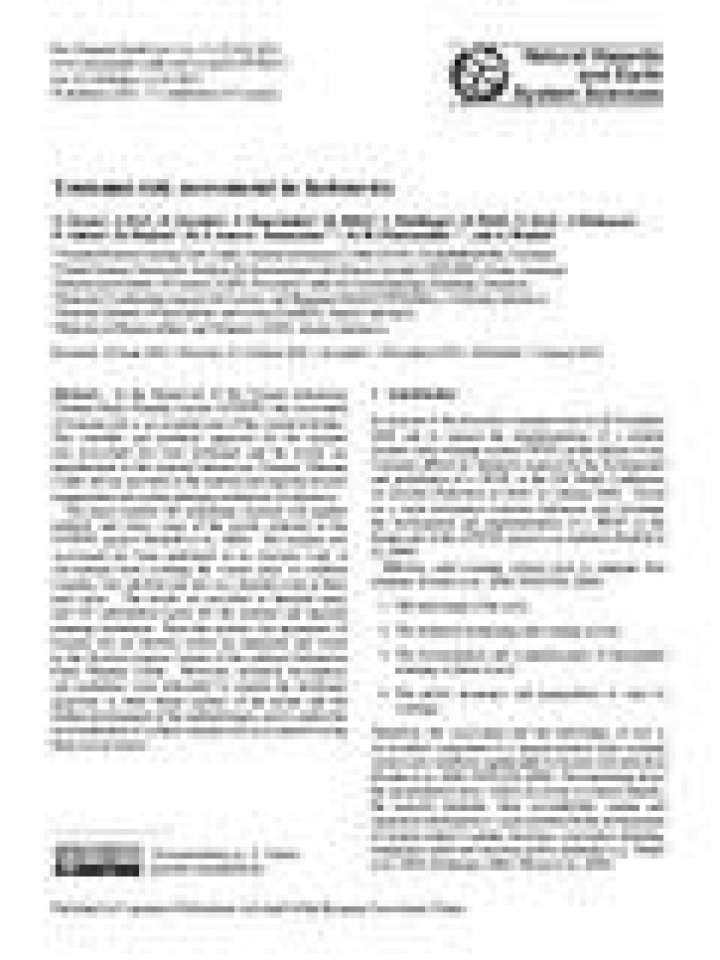Tsunami risk assessment in Indonesia
In Natural hazards and earth system sciences, 11, 2011, doi:10.5194/nhess-11-67-2011:
In response to the disastrous tsunami event on 26 December 2004 and to support the implementation of a reliable tsunami early warning system (TEWS) in the Indian Ocean, this paper explains the underlying concepts and applied methods and shows some of the results achieved in the German Indonesian Tsunami Early Warning System (GITEWS) project, which framework includes a scientific and technical approach for the tsunami risk assessment. The tsunami risk assessment has been performed at an overview scale at sub-national level covering the coastal areas of southern Sumatra, Java and Bali and also on a detailed scale in three pilot areas. The results are provided as thematic maps and GIS information layers for the national and regional planning institutions. From the analyses key parameters of tsunami risk are derived, which are integrated and stored in the decision support system of the national Indonesian Early Warning Centre. Moreover, technical descriptions and guidelines were elaborated to explain the developed approach, to allow future updates of the results and the further development of the methodologies, and to enable the local authorities to conduct tsunami risk assessment by using their own resources.
Article licensed under the Creative Commons Attribution License
Explore further
